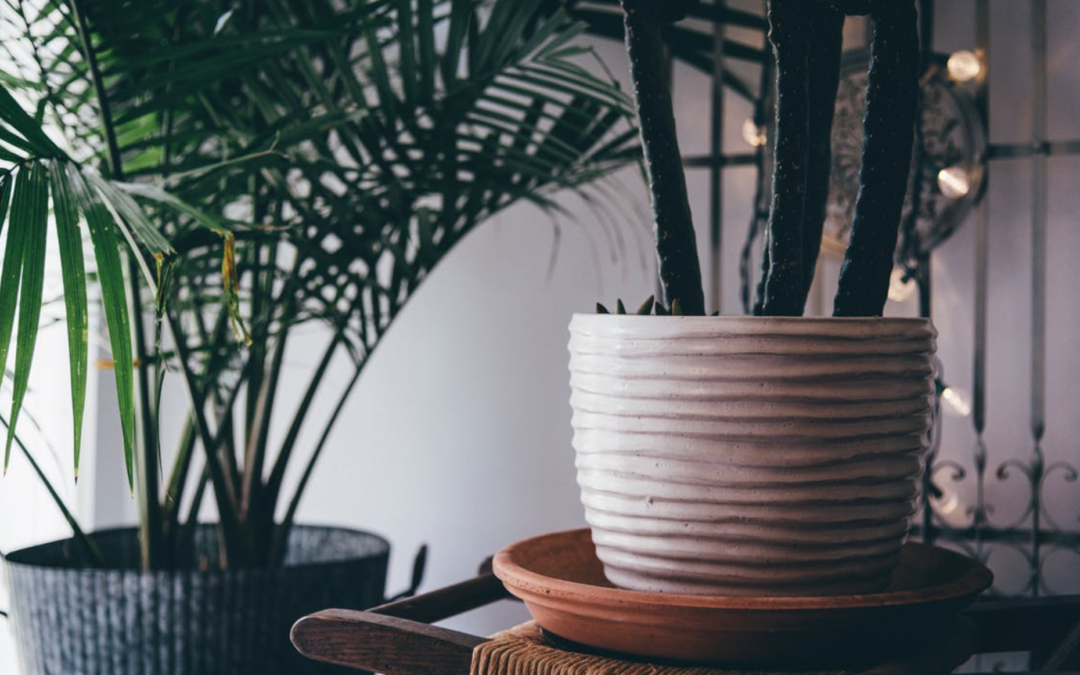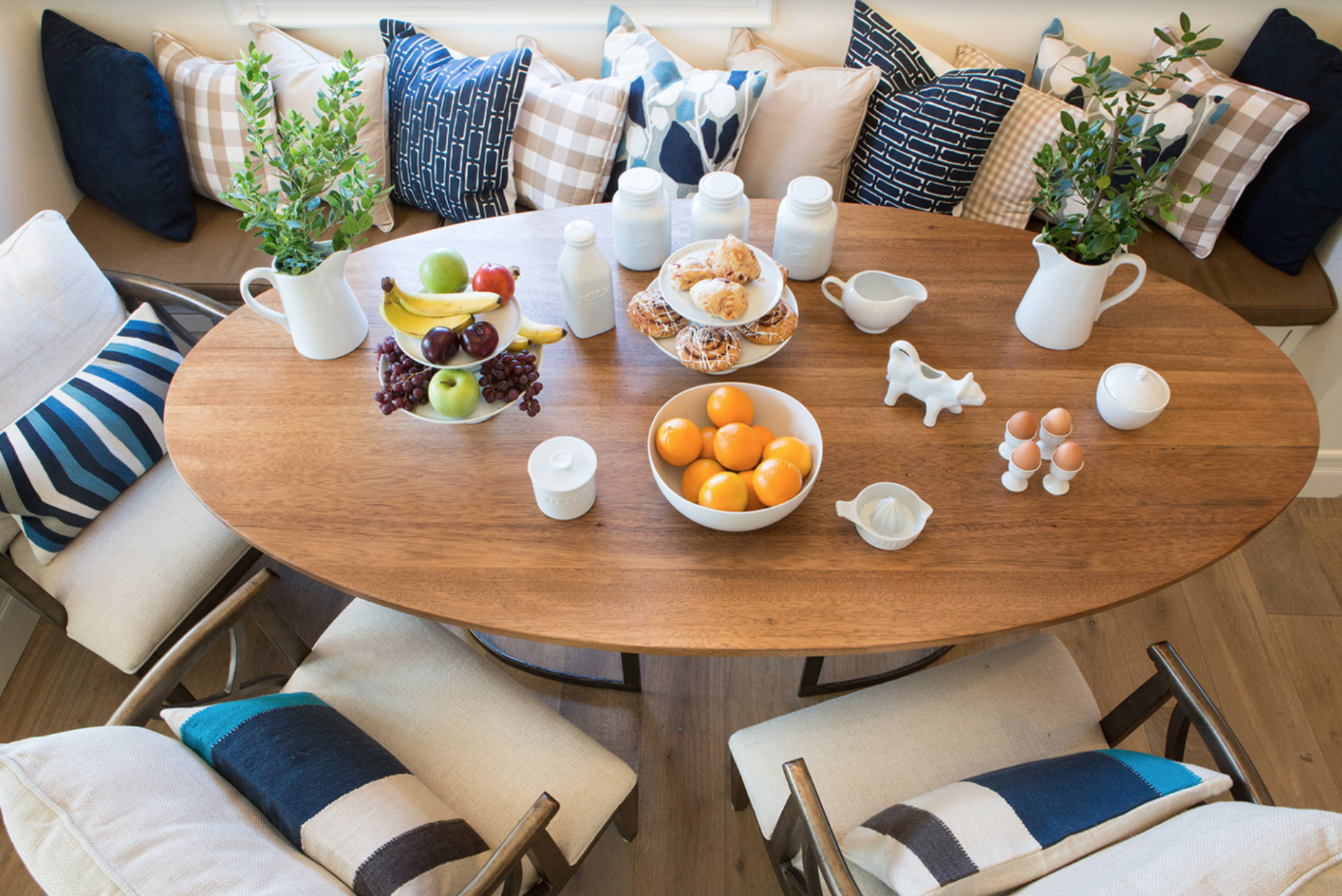How To Keep Houseplants Alive:
The Definitive Guide to Indoor Plants
If you’re reading this, you’re probably already aware of the benefits of decorating with plants: They can bring a room to life and help purify the air. You don’t need convincing. What you really want to know is how do you keep that palm alive for more than a week or two? What are the best plants to get if natural sunlight doesn’t pour through your living room windows? Succulents are low-maintenance, but they’re not really your style–What are some alternatives? We got you covered. We’ve been there, and we’ve shopped it all (We’ve even killed a few houseplants in our day, but no more!). Read on: We have compiled the only guide you’ll ever need for choosing the right house plants for your space. We’re answering all your indoor plant questions:
Best Alternatives to Succulents
These low-maintenance indoor plants don’t need constant watering.
- Snake Plants
- Golden Pothos
- Peace Lily
- Mother-in-Law’s Tongue
- English Ivy
- Rubber Plant
- Fiddle Leaf Fig
- Jade Plant
- Philodendron
- Prayer Plant
- Ponytail Palm
- String of Pearls
- String of Hearts
Indoor Houseplants That Don’t Need Sunlight
Dark spaces are where plants go to die– except for these vampire plants!
- Spider Plants
- Dracaena
- Bromeliads
- Maidenhair Ferns
- Parlor Palms
- Snake Plants
- Creeping Figs
- Philodendrons
- Calafate
- Prayer Plants
- Sword Ferns
- Peperomias
- Golden Pothos
- Japanese Sedge
- Peace Lilies
- Aglaonema
- Dragon Tree
- Cast-Iron Plants
The Best Air-Purifying Plants
*Breath in* *Exhale* That’s nice… These are the plants that can actually improve the air quality of your home by filtering out toxins like formaldehyde, ammonia, and benzene. These plants let off lots of oxygen, and keep the air appropriately moist.
- Snake Plants
- Golden Pothos
- Spider Plants
- Peace Lily
- Aloe Vera
- Dwarf Date Palms
- Boston Fern
- Kimberley Queen Fern
- Chinese Evergreen
- Bamboo Palm
- Weeping Fig
- Flamingo Lily
- Lily Turf
- Broadleaf Lady Palm
- Barberton Daisy
- Cornstalk Dracena
- English Ivy
- Variegated Snake Plant
- Red-Edged Dracaena
- Florist’s Chrysanthemums
- Gerbara Daisies
- Rubber Plants
10 Best Large Indoor Plants
These large potted plants have the ability to alter an entire space. These look wonderful in living rooms and studies, office buildings and foyers
- Yucca
- Bird of Paradise
- Ponytail Palm
- Ficus
- Jade Plant
- Norfolk Island Pine
- Philodendron
- Kentia Palm
- Adendum
- Bamboo
Best Smelling Indoor Plants
These plants perform double-duty: They improve your indoor air quality while smelling delicious
- Geranium
- Jasmine
- Eucalyptus
- Gardenia
- Orange Jessamine
- Lavender
- Rosemary
- Orchids
- Plumeria
- Coffee Plant
- Honeysuckle
Best Plants To Help You Sleep
These plants are all known for their relaxing anxiety-reducing properties.
- Lavender
- Snake Plants
- English Ivy
- Jasmine
- Spider Plants
- Aloe Vera
- Gardenia
The MVP Plants
You’ll notice certain plants fit into multiple categories: They improve air quality, smell fantastic, and don’t require a ton of sunlight and watering. In summation, if you want the best of all worlds, these are the plants you should consider for your home:
- Snake Plants
- Golden Pothos
- English Ivy
- Spider Plants
- Aloe Vera
- Peace Lily
- Rubber Plant
- Philodendron
- Jasmine
- Gardenia
- Lavender
- Ponytail Palm
- Jade Plant
10 Tips for Caring for Indoor Plants
Now that you know which plants to shop for based upon the time you have to give towards caring for them, here are some quick tips for caring for your indoor plants.
- Place your plants in an areas exposed to sunlight.
- Avoid placing the plant near heating or air conditioning vents.
- Keep the soil moist—not too dry, but not too wet.
- Water the plants with room temperature water.
- Prune your plants to keep them healthy– Take off dead or yellow leaves & cut stems that have lost their leaves.
- If the tips of the leaves are browning, it signifies the plant is dry. Add humidity by misting the plant or using a humidifier.
- Rinse or wipe the leaves to avoid dust and dirt.
- Choose an organic fertilizer specific to the houseplant—If synthetic fertilizers is used it can cause salt deposits on the soil surface, so be sure to remove this layer to avoid damaged roots and to prevent disease.
- The ideal time to re-pot is during the Spring— we discourage repotting in the winter because the plants are resting and often times light requirements cannot be met.
- Familiarize yourself with your plants, pay attention to any changes that occur, give your plants love and they will stay happy and healthy!
https://www.instagram.com/p/BT9Ie2BleoM/?taken-by=tuesdaymorning
Thanks for featuring one of our rooms with a fun floral motif, Tuesday morning. Tuesday Morning is a treasure if you love great style and even better prices!









This is exactly what I am looking for. Thank you for all the great advice!
So glad you found what you’re looking for! Keep coming back for more 🙂